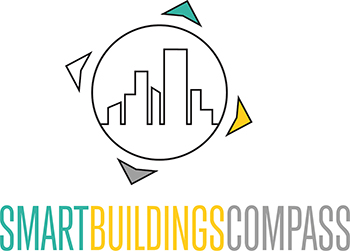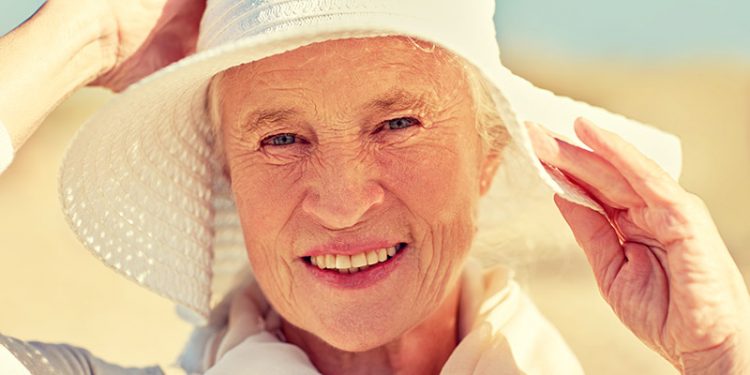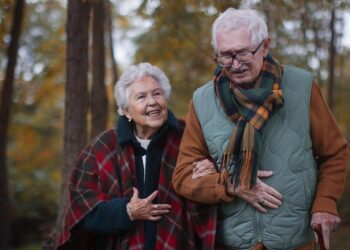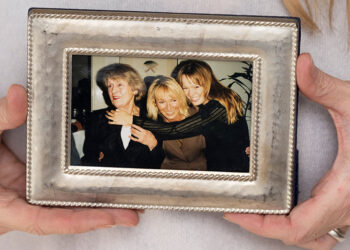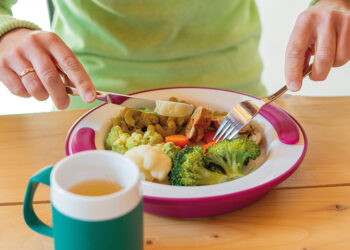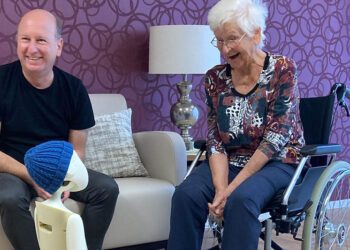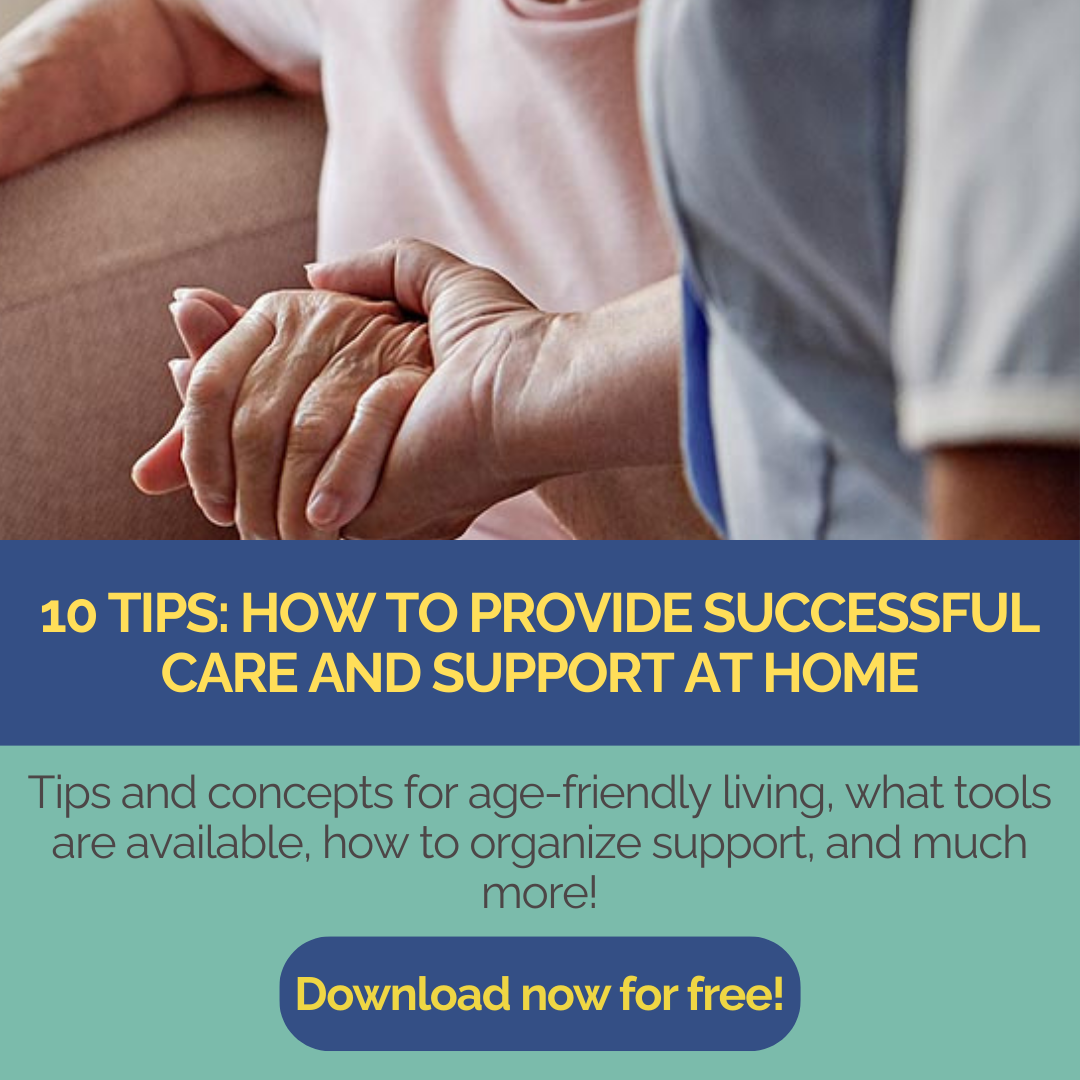What you can expect in this article:
- Tips on how to maintain your quality of life despite the heat
- Which technologies on the market support this
The weather is still changeable at the moment, but it will soon be hot again in Europe. Heat is far more than just unpleasant for older people, it can become a serious health risk. This is because the body gradually loses its ability to adapt to high temperatures as we get older. The body’s own heat regulation slows down, the feeling of thirst decreases, sweat production decreases – and many people realize too late how much the heat is already affecting them.
In view of climate change, which is not only causing average temperatures to rise, but also bringing more frequent extreme heatwaves, targeted heat protection in old age is essential and more important than ever. With attention, good preparation and the targeted use of smart aids, risks can be significantly reduced and quality of life preserved. We provide tips on cooling in summer, which tools are available on the market and what you should look out for during the hot season.
Why we are addressing this topic: Older people cope less well with heat. The skin releases heat more slowly in old age, as the blood flow to the skin surfaces is reduced. The cardiovascular system works less efficiently, transporting less heat to the surface of the skin, and kidney function also decreases. The proportion of water in the body of older people is lower, which increases the risk of dehydration. Medication, chronic illnesses such as heart problems or diabetes further increase this burden.
Older people’s bodies often can’t keep up with rapid temperature changes, humid days or heatwaves. Many people also live alone, take less exercise or are socially isolated – an additional risk factor if warning signs are overlooked or help is not sought in time.
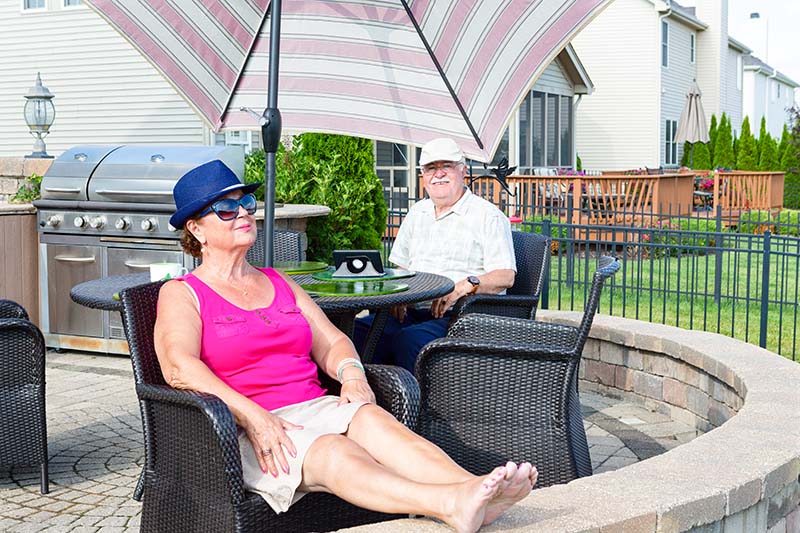
Heat protection: how to stay comfortable in summer instead of exhausting
- Shift activities to the cooler times of day
If possible, physical exertion should be postponed until early in the morning or in the evening. Walking, shopping or gardening are much less strenuous at this time. During lunchtime, it is better to stay indoors or in the shade. Make sure you use sun protection when you go outside.
- Check the heat tolerance of your medication
Certain medications such as antihypertensives, sedatives, antidepressants and neuroleptics can have a negative effect on heat tolerance or cause you to dehydrate more quickly. Check with your doctor whether your medication is affected. In the case of patch applications, it is possible that an increase in the dose may be associated with heat due to the increased blood circulation at high temperatures. Also make sure that you do not expose your medication to heat – store it at a maximum of 25 degrees.
- Keeping living spaces cool – but very important: VENTILATE
Keep curtains or shutters closed during the day to keep the sun’s heat outside. What is not heated does not need to be cooled! However, air your home regularly: In old age, the ability to open and close windows or general mobility may be limited, resulting in less ventilation. This can lead to increased humidity in the home.
Keep places and rooms where you like to spend time in the shade: with awnings, sunshades and blinds. They’re available automated and with app control – but also inexpensive and easy to install at Ikea & Co.
If you have concrete core activation – i.e. cooling via component activation – do not open the windows at high temperatures. The reason: Condensation then forms on the cool walls, turning your home into a stalactite cave.
- Drink enough – even without thirst, eat lightly
The feeling of thirst often diminishes, especially in old age. It is therefore important to drink regularly and consciously – preferably water, mineral water or unsweetened tea. 1.5 to 2 liters per day is a good guideline, but it can be more in hot weather. There are smart drinking reminders to help you do this. Avoid alcohol and drinks with a high sugar content.
- Prefer light, water-rich meals
Eat smaller meals several times a day rather than just a few large meals. Instead of heavy, fatty foods, light meals are better in summer: salads, steamed vegetables, watermelon, berries or yogurt are not only rich in nutrients, but also refreshing.
- Cool down your body
Cool showers, lukewarm foot baths or damp cloths on the neck and wrists can help to lower the body temperature. Wearing light, airy clothing made from natural fibers also contributes to your well-being.
- Look out for warning signs early on
Dizziness, headaches, unusual tiredness, nausea or concentration problems: All these symptoms can be signs of heatstroke or circulatory collapse. In this case, move to a cool place and drink plenty of fluids. As heavy sweating can lead to a lack of electrolytes, this water can also be slightly salty. Cool your head, neck, hands and feet with damp cloths.
If someone no longer responds when spoken to, call for medical help.
- Activate social contacts
Relatives, neighbors or caregivers should regularly ask how elderly people are feeling, especially on hot days. A quick phone call or visit can save lives – especially for people living alone.
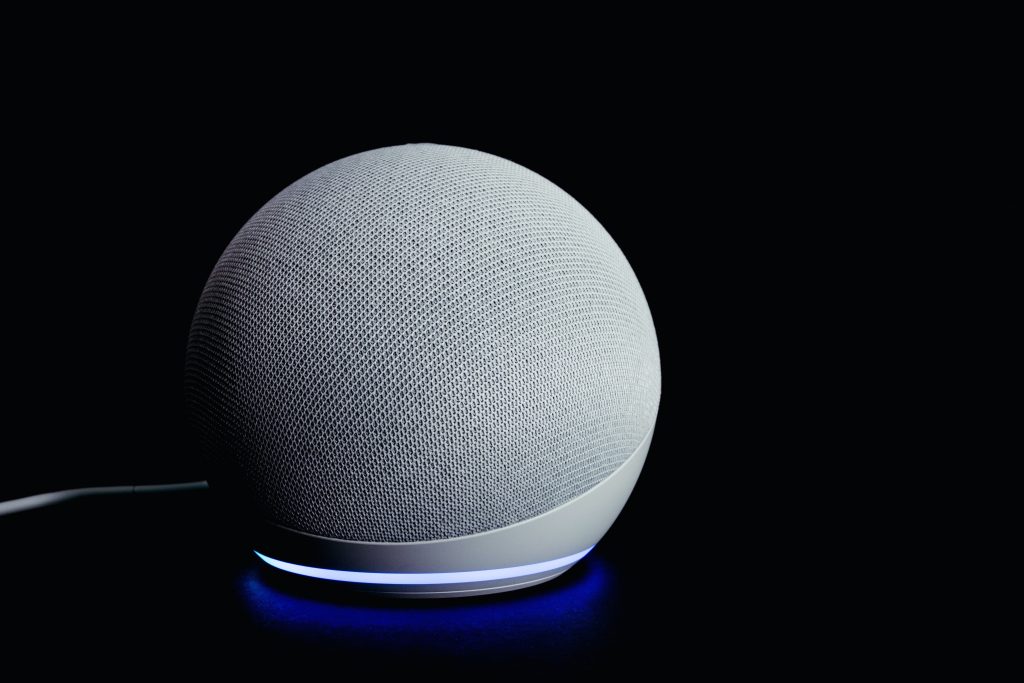
How smart technology can help
Smart technology can provide valuable support for older people in particular. Here are some examples of how digital helpers can contribute to heat protection:
- Smart blinds or shutters can be closed automatically as soon as the sun hits the window.
- Temperature sensors warn of overheating in the room and trigger automatic ventilation or warning messages if required.
- Drinking reminder apps or smartwatches with hydration reminders help you not to forget to drink regularly.
- Voice assistants (e.g. Alexa, Google Home) provide information about current weather warnings and help you plan your day.
- Care and health apps document well-being and give relatives or care staff early warning of any abnormalities. Some of these systems are already linked to weather data and warn people to prepare for a heatwave. And if there is already data on health reactions from the past, these systems provide individual tips on how to deal with the heat.
Safely through the hot days with preparation
Heat doesn’t have to be a risk – if you know how to protect yourself. If you take precautions early on, look out for warning signs and use modern aids when necessary, you can enjoy the summer even in old age. It is particularly important to activate social networks and take the needs of older people seriously – because heat protection starts with awareness and ends with shared care.
Author: Anja Herberth
Chefredakteurin
